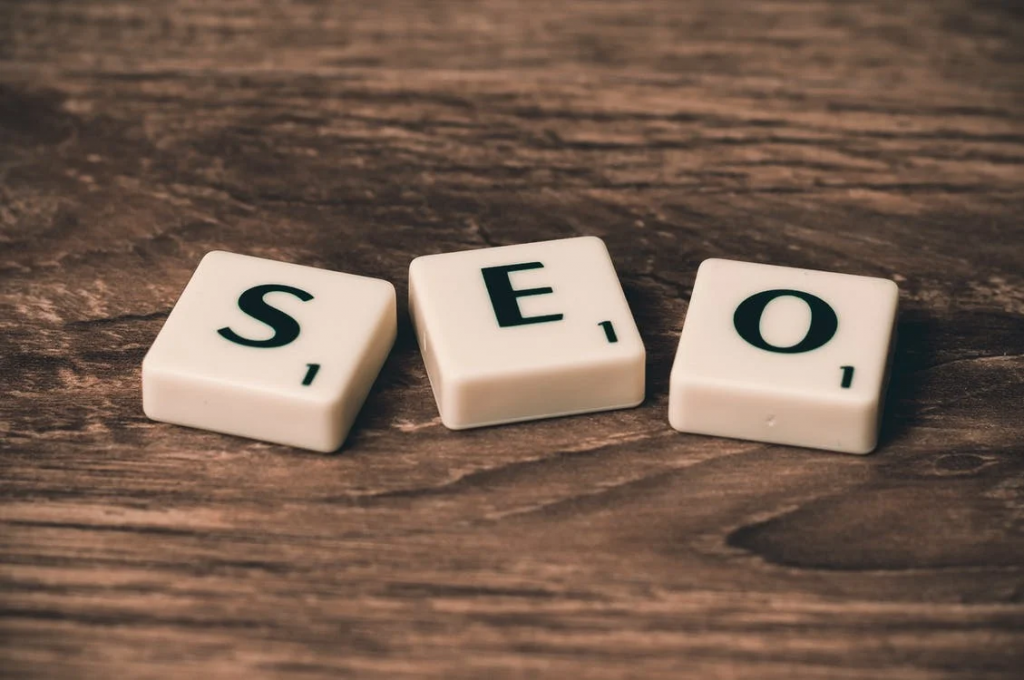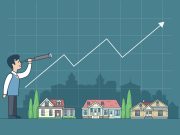If you’re a marketer, chances are good that you’ve heard of content marketing. But what is it, exactly? Content marketing is a strategic approach to marketing that focuses on creating and distributing valuable, relevant, and consistent content to attract and retain a clearly-defined audience — and, ultimately, to drive profitable customer action.
Sounds simple enough, right? But as with any marketing strategy, there’s more to content marketing than meets the eye. To use it effectively, you need some knowledge and know-how about which types of content work best for your specific audience. You also need a plan for how you’re going to produce that content on an ongoing basis.
In this article, we’ll explore the basics of content marketing and provide some tips for getting started. Then we’ll dive deeper into each of its components in more detail below:
Define your audience
Your audience is the group of people you want to reach with your content. To create content that resonates, it’s important to understand your audience, what they’re interested in, and what their needs are. Once you have a good understanding of your audience, you can start creating content that appeals to them.

Your audience is the group of people you want to reach with your content. To create content that resonates, it’s important to understand your audience, what they’re interested in, and what their needs are. Once you have a good understanding of your audience, you can start creating content that appeals to them.
Once you have a clear understanding of your audience, you can then use this information to create content that speaks directly to them and helps address their needs. For instance, if you are creating content for a younger demographic, it may be helpful to produce more visual or interactive content such as infographics or short videos. Or if you’re targeting an older audience, long-form blog posts or articles may be more effective.
Know the type of content you’ll create
Not all content is created equal. While some content formats are great at attracting and engaging readers, others aren’t as effective — or they’re just not a good match for your audience. For example, in the marketing world, especially on the internet, the attention span of users is about 8 seconds. Busy parents who are looking in a real estate portal for a new home or condominium might appreciate a quick and easy-to-digest video of property previews that have 30 seconds to a minute.

When creating your content, it’s also important to consider the different stages of the buyer’s journey. The buyer’s journey is the process that your potential customers go through when making a purchase decision. It consists of three stages: awareness, consideration, and decision. Your content should be tailored to each according to this in order to be most effective.
If you are already in the awareness stage, they may be searching for general information about a topic and are not yet ready to make a purchase. In this case, your content should be educational and informative. On the other hand, if someone is in the consideration stage, they probably have a good understanding of what they’re looking for and maybe in the process of doing research and comparing different options. In this case, your content should focus on providing more specific information about your product or service, highlighting its unique features and benefits. And finally, in the decision stage, it looks like they’ve already made a purchasing decision and are simply looking to finalize their decision. In this case, your content should focus on answering any remaining questions or concerns they may have and providing reassurance that they made the right choice.
Overall, creating effective content requires a deep understanding of your audience and how they think and behave throughout each stage of the buyer’s journey. With this knowledge, you can create content that resonates and helps guide your audience through the purchasing process.
Choosing what to create
Creating great content isn’t easy. It takes time, effort, and a lot of creativity. But it’s worth it because it can help you attract more visitors to your site, build trust with your audience, and establish yourself as an expert in your field.

There are many different types of content you can create, but not all of them will be right for your audience or your business. So how do you choose what to create?
The best way to decide is to start by thinking about your goals. What do you want to achieve with your content? Once you have a clear idea of your goals, you can then match them up with the appropriate type of content that will help you achieve them.
For example, to increase awareness of your brand, then creating blog posts or articles may be a good option. These types of content can help position you as an expert in your field and provide valuable information that potential customers are looking for. Or if you’re trying to drive more traffic to your site, then creating more visual content such as videos or infographics may be a better option. This type of content is more likely to be shared on social media and other websites, which can help increase your reach and visibility.
No matter what type of content you choose to create, the most important thing is that it’s high quality and resonates with your audience. So take the time to do your research, understand your audience’s needs and interests, and create content that will truly engage them. With the right approach and a little bit of creativity, you can create great content that will help drive success for your business.
Know the production process
Before you can start creating content it is important to look first at the process that is needed to pass through. A typical content production process will involve four main steps: ideation, creation, distribution, and measurement.

Ideation is the brainstorming phase where you come up with new ideas for content. This can involve anything from coming up with a topic, to refining existing ideas to make them more compelling or relevant.
Once you have an idea that you’re ready to move forward with, the next step is creation. This involves creating the content itself – writing blog posts or articles, designing visuals, recording videos, etc.
After a thorough editing and finalization of the content, it’s time to start distributing it. This involves promoting it through your channels – social media, email marketing, paid advertising, etc. – and getting it in front of as many people as possible.
Finally, once the content has been distributed, it’s important to measure its performance. This involves analyzing your metrics – such as traffic, engagement, or conversion rates – to see how well the content performed and what you can do differently in the future.
Overall, having a robust content production process is essential for creating successful content that resonates with your audience and drives results for your business.
Create an editorial calendar
The editorial calendar is the set timeline of publishing content where it is a series of articles or video marketing that should flow in a system. Your first step should be to create an editorial calendar. This will help you map out the content you need to create and when you need to create it. Once you have a rough idea of what kinds of content you want to create and when you can start thinking about the formats that will work best for each piece.

Once you have an idea of the content you want to create and when you want to produce it, put together your plan and stick to it! If you fall behind schedule or miss a deadline, don’t give up. Just reevaluate your publishing schedule and try to make a course correction. More important than sticking to the planned schedule is consistently producing valuable content for your audience over the long term.
One way to make sure you’re always creating content that’s valuable to your audience is to involve them in the process. Ask your readers and followers what kinds of content they want to see from you, and then use their feedback to inform your editorial calendar. You can also use Google Trends to see what topics are currently trending upward. This can give you some ideas for content that might be especially relevant or timely for your audience.
Use social media to your advantage
Social networking sites are one of the most popular tools for attracting an audience, sharing valuable content, and engaging them in conversation about your brand or products. Social media sites like Facebook, Twitter, and LinkedIn allow you to create accounts that your customers or target audience can follow, giving them easy access to the most current information about what you’re doing as a brand.
Keyword strategies for driving traffic
One key component of successful content marketing is using the right keywords to drive traffic to your website. This involves doing research and analysis to identify relevant, high-volume keywords that have low competition and are a good fit for your target audience.

There are several different tools you can use to help you with keyword research and analysis. Some of the most popular options include Google Adwords Keyword Planner, Moz’s Keyword Explorer, and SEMrush.
Once you have identified your target keywords, it’s important to incorporate them into your content in strategic ways. This can include using them naturally in your title tags and meta descriptions, writing blog posts around them, or using them in your website’s copy.
Remember, however, that keyword stuffing is a bad idea. This is when you stuff your content with so many keywords that it becomes difficult to read and understand. Not only will this irritate your readers, but it can also lead to search engine penalties. So use keywords strategically and sparingly, focusing on quality over quantity.
With the right keyword strategies in place, you can start to see significant improvements in your website traffic and engagement levels. So be sure to focus on these key components as you work towards developing a successful content marketing strategy.
Measuring success
Measuring success in content marketing can be a bit of a challenge, as there are many different metrics and KPIs that can be used to track and assess performance. Some of the key metrics to look at include website traffic, engagement levels (e.g., social shares, click-through rates), conversions, and Return on Investment (ROI).

It’s important to choose the right metrics to focus on, as well as to set realistic goals. If your goal is to increase brand awareness, you might want to track things like website traffic and social media engagement.
Depending on your business goals, there are many different ways to measure success in content marketing. But ultimately, make sure that you’re able to track and assess your progress over time with an intention to progress and grow the business more.
Success in content marketing depends on a variety of factors, including your keyword strategies, the quality and originality of your content, and how well you measure and track performance. To be successful with content marketing, it is important to focus on these key components while also setting realistic goals and tracking your progress over time. With these elements in place, you can develop a successful content marketing strategy that drives real results for your business.

























